“Quranic Stories” is a new and scientific analysis of the stories of the prophets. In Part Two, the author continues the path of prophethood to see how the sciences and knowledge of prophecy accumulated, how humans discovered fire and burying the dead, how they learned, at the hands of Noah, how to cross water barriers, at the hands of Shu’aib, how to fulfill the obligation of measuring and weighing, and at the hands of Joseph how to store the harvest of bounty seasons for days of famine. He continues the path of the messages to see how religious laws diversified and evolved from strict religious laws to strict religious laws, with a clear tendency toward facilitation and mitigation; and how rituals differed in form and devotion. Fasting, which began as abstaining from speech altogether, later became abstaining from food, drink, and contact with women, as well as avoiding obscene and vulgar language. Prayer, which began as supplication and remembrance, then took on a ritual form, including standing, sitting, bowing, and prostrating, requiring humility.
Quranic Stories A Contemporary Reading Part Two From Noah to Joseph
د.ا11.00
A contemporary analytical reading of the stories of the prophets from Noah to Joseph, linking the Qur’anic text to the historical and intellectual context.
Available on backorder
| Categories: | stories, Religions, Islamic Curricula |
|---|---|
| Tags: | Islam, Islamic Studies, Qur’an, thought |
| Author | |
|---|---|
| Year | |
| Publisher | Dar Al Saqi |
You may also like…
-
Tigers on the Tenth Day
د.ا5.00A collection of symbolic stories that addresses oppression and freedom through a sarcastic style and intense language.
-
Spring in Ashes
د.ا5.00In “Spring in Ashes,” Zakaria Tamer presents satirical short stories that reveal the contradictions of Arab reality and the cruelty of power.
-
Sea Prayer
د.ا12.00Sea Prayer is a poignant and poetic reflection on the suffering of refugees, told as a letter from a Syrian father to his lost child.
-
Quranic Stories An Introduction to the Stories and the Story of Adam Part One
د.ا15.00The book addresses a contemporary reading of the Quranic stories through the story of Adam to understand the intellectual and religious structure of the Quranic text.
Related products
-
I saw God
د.ا2.13I saw God is a book written by Dr. Mustafa Mahmoud in which he talked about the journey of one of the Sufi imams, Muhammad bin Abdul-Jabbar bin Al-Hassan Al-Nafari, through his book Positions and Correspondences, which is one of the main pillars of Sufism. The role of Dr. Mustafa Mahmoud in this book is to comment only on what came from the book of positions by Al-Nafari, and this book clarifies many things and questions about some Sufi ideas through this journey that Dr. Mustafa Mahmoud offers us to one of their imams, and these things include: divine love and the relationship of the Sufi with God, and so on. The book takes the reader on a luminous journey of meditation, spirituality and the monologue of God.
د.ا4.26 -
Novelties and curiosities
د.ا2.13Gibran’s literary style was characterized by smooth words, simplicity of expression, the use of all linguistic formulas and styles, and the frequent use of metaphors and figures of speech. Perhaps the most important feature of Gibran’s literary works is creativity in the art of photography. We find many beautiful, imaginative artistic images full of deep meanings and expressions covering his literary works; because he was an artist and painter who initially depicted the idea and then created it. Gibran relied on two styles in his literary works: the first is characterized by strength and revolution against beliefs and customs and the call for freedom, and the second is characterized by the love of enjoying life and the call to follow inclinations
د.ا3.55 -
God and man
د.ا2.84God and Man is a book featuring a collection of essays by the Egyptian writer Mustafa Mahmoud published by Dar Al-Maaref in 1955. The book of God and Man is a great controversy and has been banned from circulation in Egyptian libraries and still does. Mustafa Mahmoud was accused of atheism because of him, which the writer later denied, while admitting that he could not realize the truth of faith before, as he was on a journey in search of God, which he began by studying the different religions through the three monotheistic religions, and Islam was the last of them. The writer expressed this truth in his book «My Journey from Doubt to Faith» and said that he never denied the existence of the divine self, but he could not imagine its truth until after a strenuous journey of research that took thirty years of the realization of thought, reconsideration, and then reconsider the reconsideration, and said critically to himself, that if he heard the voice of instinct Joan, but perhaps he rea
د.ا4.26 -
Arabic theology
د.ا7.10Arab Theology and the Origins of Religious Violence is a book written by the writer Youssef Zaidan, in which he traces the most important ideas that shaped the perception of Jews, Christians, and Muslims, of man’s relationship with the Creator. Hence, how did Christian theology and Islamic theology lead to theological visions whose stages are difficult to separate?
د.ا8.52 -
In love and life
د.ا2.13In Love and Life is a book by the Egyptian scientist Mustafa Mahmoud. The book is about relationships between men and women with a critical review of the nature of marital relationships and how to deal with love and hate.
د.ا4.26 -
Sand and foam music
د.ا2.13Gibran’s literary style was characterized by smooth words, simplicity of expression, the use of all linguistic formulas and styles, and the frequent use of metaphors and figures of speech. Perhaps the most important feature of Gibran’s literary works is creativity in the art of photography. We find many beautiful, imaginative artistic images full of deep meanings and expressions covering his literary works; because he was an artist and painter who initially depicted the idea and then created it. Gibran relied on two styles in his literary works: the first is characterized by strength and revolution against beliefs and customs and the call for freedom, and the second is characterized by the love of enjoying life and the call to follow inclinations
د.ا3.55 -
The mystery of life
د.ا2.13The mystery of life… The more information is available about the progress of science and its tools, the more the human mind is puzzled by this miracle. About this mystery, Dr. (Mustafa Mahmoud) wrote this book, so he started with the form of life millions of years ago, which was free of weakness and aging and did not depend on mating and cross-fertilization. Then he moved on to the development of life after the forbidden tree and its journey with annihilation. The topics of the book also vary to include Darwin’s theory, Freud’s theories, the atomic bomb, the languages of animals and insects, and other mysteries of science and life that the author presents in a distinctive style and special content that carries a new view of the world around us.
د.ا4.26 -
rebellious spirits
د.ا3.05Gibran’s literary style was characterized by smooth words, simplicity of expression, the use of all linguistic formulas and styles, and the frequent use of metaphors and figures of speech. Perhaps the most important feature of Gibran’s literary works is creativity in the art of photography. We find many beautiful, imaginative artistic images full of deep meanings and expressions covering his literary works; because he was an artist and painter who initially depicted the idea and then created it. Gibran relied on two styles in his literary works: the first is characterized by strength and revolution against beliefs and customs and the call for freedom, and the second is characterized by the love of enjoying life and the call to follow inclinations
د.ا4.26
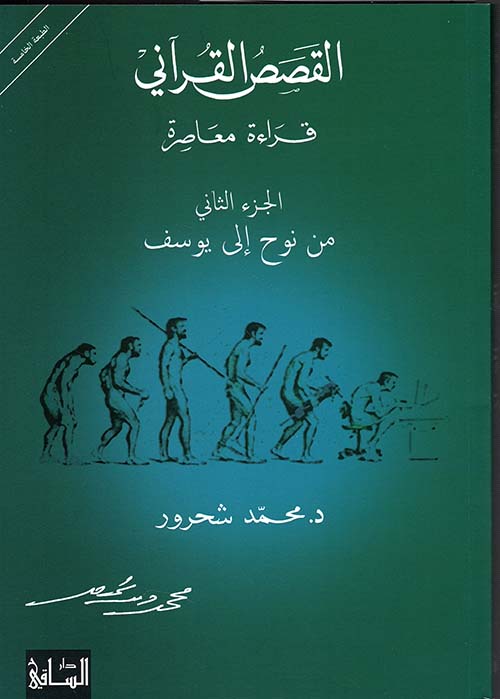

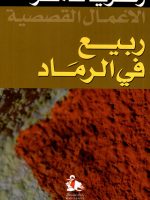
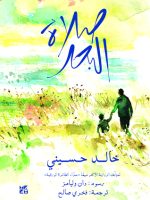
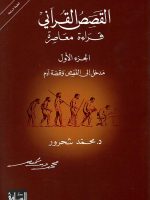
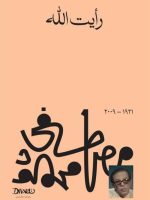
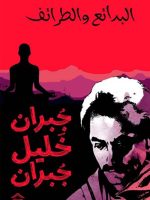
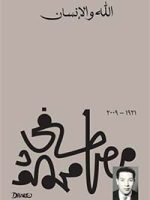
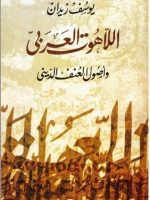
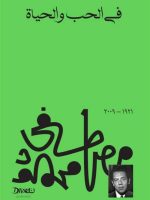
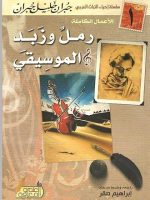
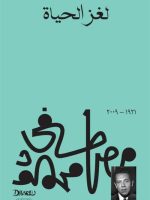
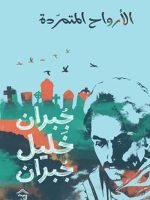
Be the first to review “Quranic Stories A Contemporary Reading Part Two From Noah to Joseph”